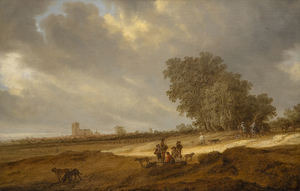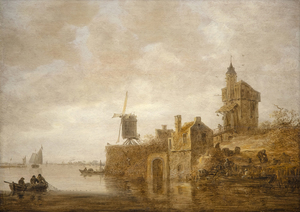PALM BEACH
HJFA has operated internationally since founding 26 years ago. Our Palm Beach consultancy, led by Breck Kling, represents an exciting new chapter that allows us to serve clients more directly.
– James Carona, Co-Founder and Co-Owner of Heather James Fine Art

BRECK KLING
Fine Art Consultant
Palm Beach, FL
Breck is a Fine Art Consultant for Heather James Fine Art. He splits his time between Palm Beach and Jackson Hole. First introduced to HJFA as a collector, Breck’s collection includes Robert Rauschenberg, Chuck Close, Takashi Murakami, Yoshimoto Nara, and Dana Schutz, among others. He is a longtime board member of the Memorial Art Gallery, Rochester, NY, and was a collector advisor to the first VOLTA art fair in Basel, CH, in 2005. A co-founder of the national art non-profit Everyartist.me, he is also a co-founder and a trustee of Silicon Couloir, a network for entrepreneurs based in Jackson Hole.
Breck has spent every winter in Palm Beach and enjoys golf and pickle ball. He is excited to meet you and learn about your art interests and collecting stories.
HEATHER JAMES FINE ART – PALM BEACH is a valuable resource for local clients, providing a wide array of support and assistance for a vast range of properties. With the help of Heather James Fine Art experts, our representatives are able to assist you if you have questions regarding buying or selling, or wish to have an object from your collection valued.
We provide a wide range of client-based services including estate and tax planning, collections management, appraisals, logistics management, acquisitions, and financial services.
IN THE NEWS
SERVICES
Heather James Fine Art provides a wide range of client-based services catered to your specific art collecting needs. Our Operations team includes professional art handlers, a full registrar department and logistical team with extensive experience in art transportation, installation, and collection management. With white glove service and personalized care, our team goes the extra mile to ensure exceptional art services for our clients.
GET TO KNOW US
GALLERIES
45188 Portola Avenue
Palm Desert, CA 92260
(760) 346-8926
Hours: By appointment
172 Center Street, Suite 101
P.O. Box 3580
Jackson Hole, WY 83001
(307) 200-6090
Hours: By appointment














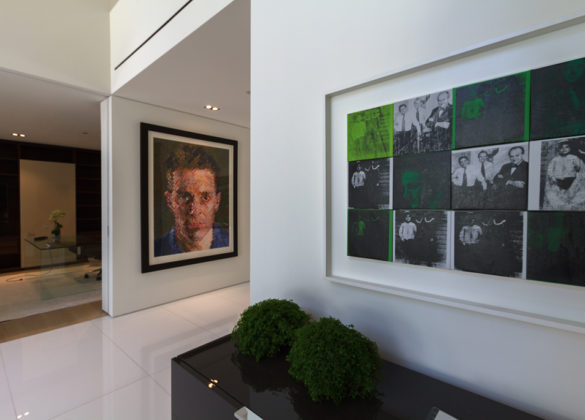
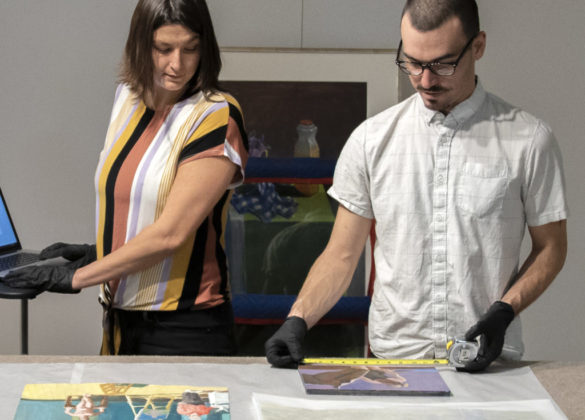











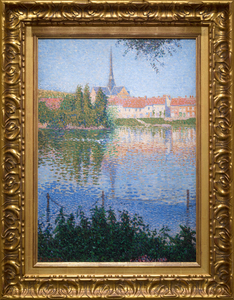
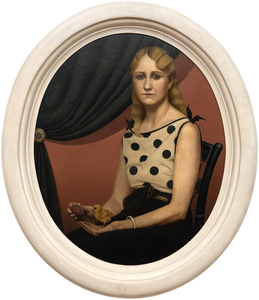
,_new_mexico_tn40147.jpg )
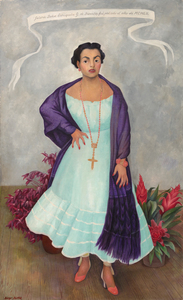
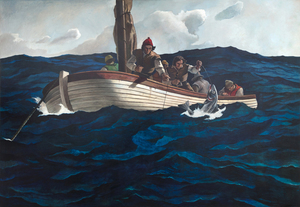
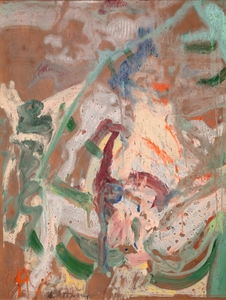
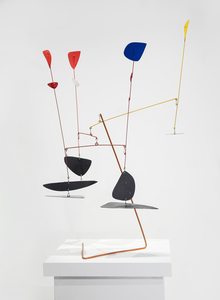
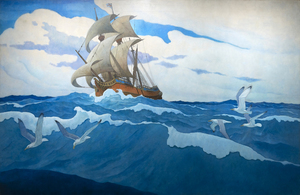
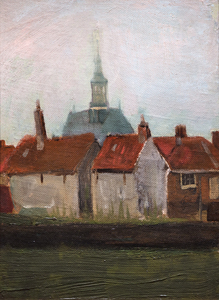
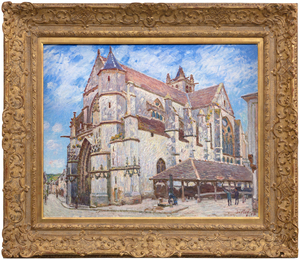
_tn45742.jpg )
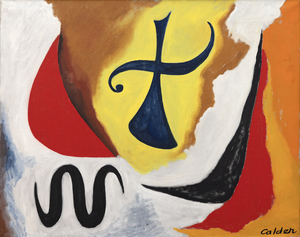
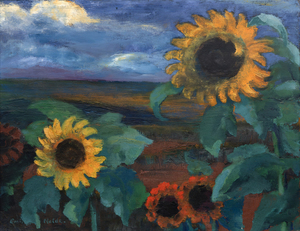

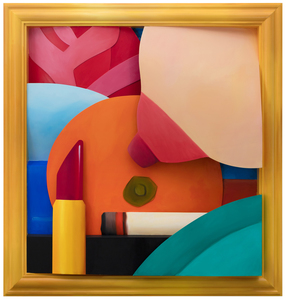
_tn45734.jpg )
_tn45731.jpg )
_tn45741.jpg )
_tn43950.jpg )
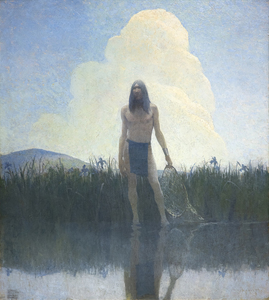
_tn45739.b.jpg )
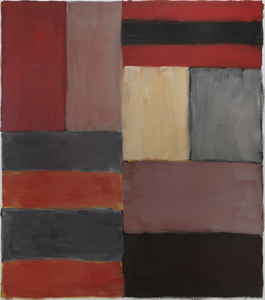
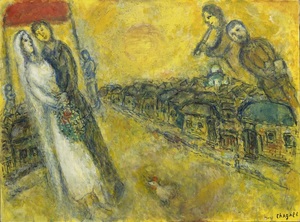
_tn45733.jpg )
_tn40169.jpg )
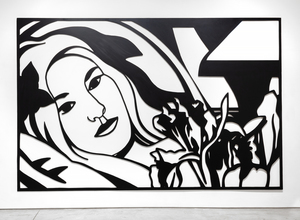
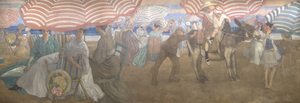
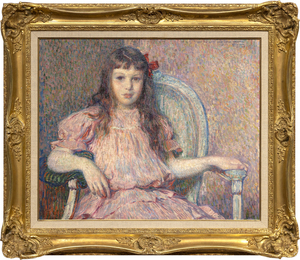
![SIR WINSTON CHURCHILL-View of Loch Choire (C 51) Painted while staying at Dunrobin Castle, the estate of the Duke of Sutherland, Churchill chose to set his easel behind a tree where he likely thought of it as a framing device, adding a layer of depth, creating a stronger sense of foreground, middle ground, and background, enhancing the three-dimensionality of the picture. Churchill painted at both Dunrobin as well as the Duke’s Sutton Place estate, later the home of John Paul Getty.
<br>
<br>As Mary Soames describes it in her book, Winston Churchill, His Life as a Painter, “1921 had been a year of heavy personal tidings” for Churchill and his family, as he lost both his mother, Jennie Cornwallis-West, and his beloved child, Marigold, aged nearly four. In a letter to his wife Clementine, Churchill wrote, “… Many tender thoughts, my darling one of you and yr sweet kittens. Alas I keep on feeling the hurt of the Duckadilly [Marigold’s pet name].” That Churchill chose to stay with the Duke and Duchess at Dunrobin just after Marigold’s death speaks to their close friendship and his fondness for the area, including Loch Choire. It is no surprise that Churchill gifted the painting to the Duke of Sutherland](/Art_Images/Small/sir_winston_churchill_view_of_loch_choire_(c_51)_tn45743.jpg )
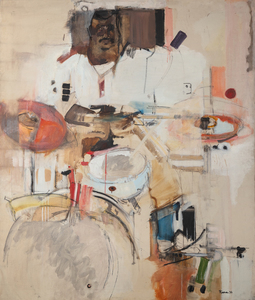
_tn45732.jpg )
_tn27035.jpg )
_tn45736.jpg )
![SIR WINSTON CHURCHILL-The Library of Sir Philip Sassoon's House at Lympne (C 19) Churchill counted as both a friend and political ally, Phillip Sassoon – one of Britain's great hosts, cousin of famed poet Siegfried Sassoon, and the man upon whom Noël Coward crowned "a phenomenon that will never recur”. Sassoon and his sister Sybil were among Winston and Clementine’s great friends. As described by Lady Soames in her book, “Philip Sassoon was a man of charm and distinction, and he dispensed princely hospitality to a brilliant and varied circle of friends at his two country houses, Port Lympne and Trent Park. He made a remarkable collection of works of art. Winston received much help and encouragement from Sassoon, and painted many pictures of both his house and gardens. One of the ways in which Winston taught himself to paint was by copying pictures he admired. With his large and varied collection, Sir Philip was able to be of help in this way, too, and Winston studied and copied quite a number of his friend’s pictures. Sassoon was a friend and patron of John Singer Sargent, and owned many of his works. Winston admired several of these, and found them highly instructive; in 1926, [less than two years before this painting was created] Philip Sassoon wrote Winston this note, which accompanied a generous present and a helpful loan:
<br>
<br>My dear Winston,
<br>
<br>You have often admired the picture of John Lewis Brown of the two horsemen that hung at Trent, so I am sending it to you with my best wishes in the hope that you find a corner for it at Chartwell. I am also sending th little Sargent picture wh you asked for. He painted it when he was 18!”
<br>
<br>One is struck by Sassoon’s generosity, and can see in later works how his close study of Sargent influenced Churchill.](/Art_Images/Small/sir_winston_churchill_the_library_of_sir_philip_sassoon's_house_at_lympne_(c_19)_tn45745.jpg )
